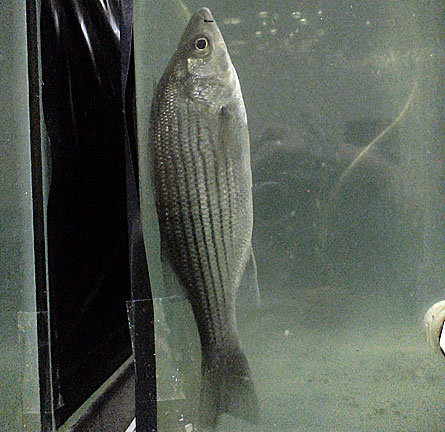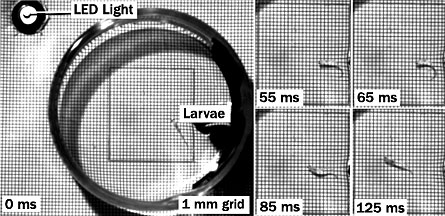Antidepressants Aren’t for Fish
Each year, tons of medicine end up in the environment. Some is excreted by patients. In other instances, leftovers are flushed down the toilet or thrown out with the trash.
Unfortunately, wildlife don’t find these pollutants necessarily benign, much less therapeutic. Details of their potential to evoke adverse consequences have been emerging this week in dozens of new studies at the Society of Environmental Toxicology & Chemistry meeting here in Tampa. Some drugs can be lethal to animals (and sometimes plants) at exposure concentrations comparable to what’s been measured in the environment. Others just perturb the behavior of animals. And that can be dangerous.


At least six studies in the past two days, for instance, described behavioral changes and/or potential reproductive impairments from antidepressants in water. This probably shouldn’t come as a complete surprise. I reported from this meeting two years ago that such psychoactive chemicals were not only being found in streams but also in the brains of fish inhabiting tainted waters.
This year, several teams report on what those pollutants can do to aquatic residents.
To most fish, baby is just another word for lunch. So it behooves young fish to be ever vigilant. Yet those that swam in aquarium water laced with Prozac or other antidepressants weren’t as easily startled as normal. It might be nice to think these animals just became mellow. But to the young fish she studied, mellow could prove a “death sentence,” explains Meghan McGee of St. Cloud State University.
Of course, mellow ain’t necessarily what the doctor would order for predators either. And at some tested doses (admittedly, fairly high ones), Prozac slowed the time it took hybrid striped bass to catch a minnow meal. Joseph Bisesi, Jr. of the Institute of Environmental Toxicology at Clemson University noted that his results were preliminary, but did suggest antidepressants certainly appeared capable of deletariously altering the behavior of exposed fish.
And Joanne Parrott of Environment Canada reported today in her fathead minnows that venlafaxine — also known as Effexor — and other antidepressants had the potential to make males more aggressive when guarding a nest from a potential intruder. They raced at and butted their heads against the fake fish she used to threaten their nesting area. Even drugfree minnow males did this. But those treated with antidepressants just did it more rapidly and repeatedly. Ouch! That’s not mellow. And if a big predator was waiting in the wings, this could expose the drugged dads —making them the entree of the day.
The take-home message, of course, is that these drugs shouldn’t get into the environment in the first place. How we might go about limiting the amount of medicine that fish and other animals must cope with was the subject of a polite rant by another speaker. Her observations will be covered in my next post.






